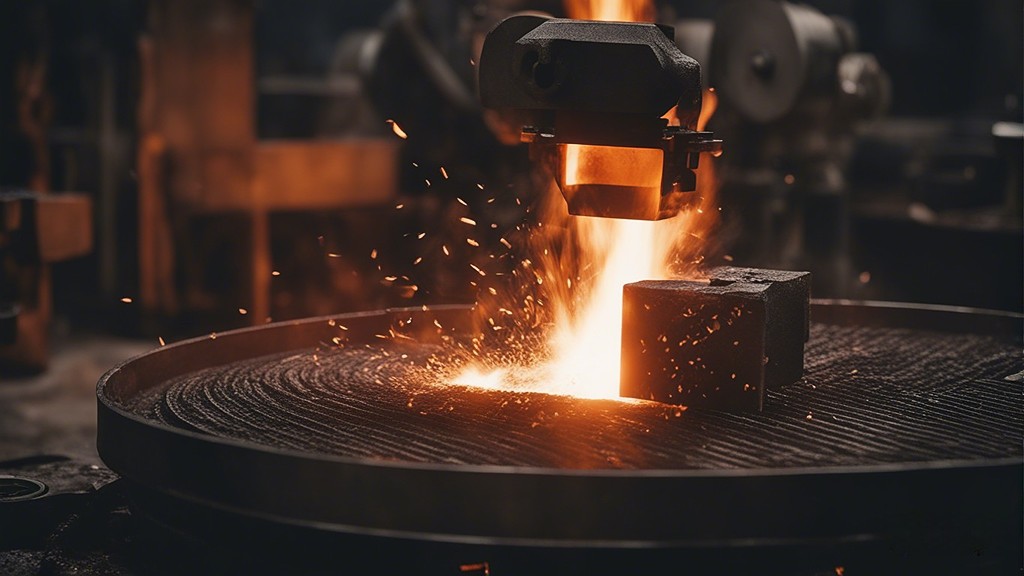Forging has established itself as a premier method for creating strong, durable components. It has been around for thousands of years, but recent technological advancements and the demand for high-quality parts have pushed forging into the limelight. Here are 5 key benefits of forging manufacturing and why it’s being hailed as the future of the industry.
Unmatched Strength and Durability
Forging involves the use of localized compressive forces to shape metal. This process refines the grain structure of the metal, leading to improved strength and toughness compared to other methods like casting. The continuous grain flow obtained in forging makes the metal more resistant to impact and fatigue. Therefore, forged parts are ideal for applications where reliability and resistance to wear are paramount.
Versatility in Design
Advanced forging techniques, such as precision forging and computer-aided design, allow for a wide range of complex shapes and sizes. Manufacturers can now create parts that closely match the final product’s specifications, reducing the need for additional machining and finishing. This adaptability means that forging can cater to a plethora of industries, from aerospace to automotive, energy, and beyond.
Economic Benefits
While the initial setup cost for forging might be higher than other methods, the long-term economic benefits are noteworthy. Forged parts have a longer lifespan due to their inherent strength, translating to fewer replacements and reduced downtime. Additionally, the reduced need for post-forging machining can lead to significant cost savings in production.
Enhanced Reliability
The nature of the forging process ensures fewer voids, inclusions, or other defects in the final product. This uniformity in structure means that forged parts have predictable, consistent performance. For industries where component failure could lead to catastrophic results, such as in aviation or heavy machinery, this reliability is indispensable.
Sustainability and Reduced Waste
The forging process is more material-efficient than other methods. With advancements in techniques, it is now possible to achieve near-net-shape forging, which means the final product requires minimal finishing and there’s less material wastage. This not only brings down costs but also aligns with global sustainability goals and the push for greener manufacturing practices.
If looking for a forging manufacturing company, check out the link and you will also be find the vats collection of forgings they produce.
